39 energy labels on appliances
Energy Star - Wikipedia Energy Star (trademarked ENERGY STAR) is a program run by the U.S. Environmental Protection Agency (EPA) and U.S. Department of Energy (DOE) that promotes energy efficiency. The program provides information on the energy consumption of products and devices using different standardized methods. Guide to choosing home appliances - Energy Saving Trust Sep 30, 2022 · Top five energy consuming home appliances. We find out which are the biggest users of electricity in the home and offer some tips on how to use them… Blog Energy labels are changing: here’s what you need to know. The new energy label, which will appear in shops and online from March 2021, will feature a new, simpler range: A to… Blog
Energy labels decoded | Currys Sep 26, 2022 · Not all tech has energy labels. And some types of appliances never introduced the A to A+++ ratings. So the ones that have changed are: fridges. washing machines. washer dryers. wine coolers. dishwashers. TVs. PC monitors. gaming monitors. If you want to go a little more in-depth on exactly how it'll work with your kitchen kit, take a look at ...
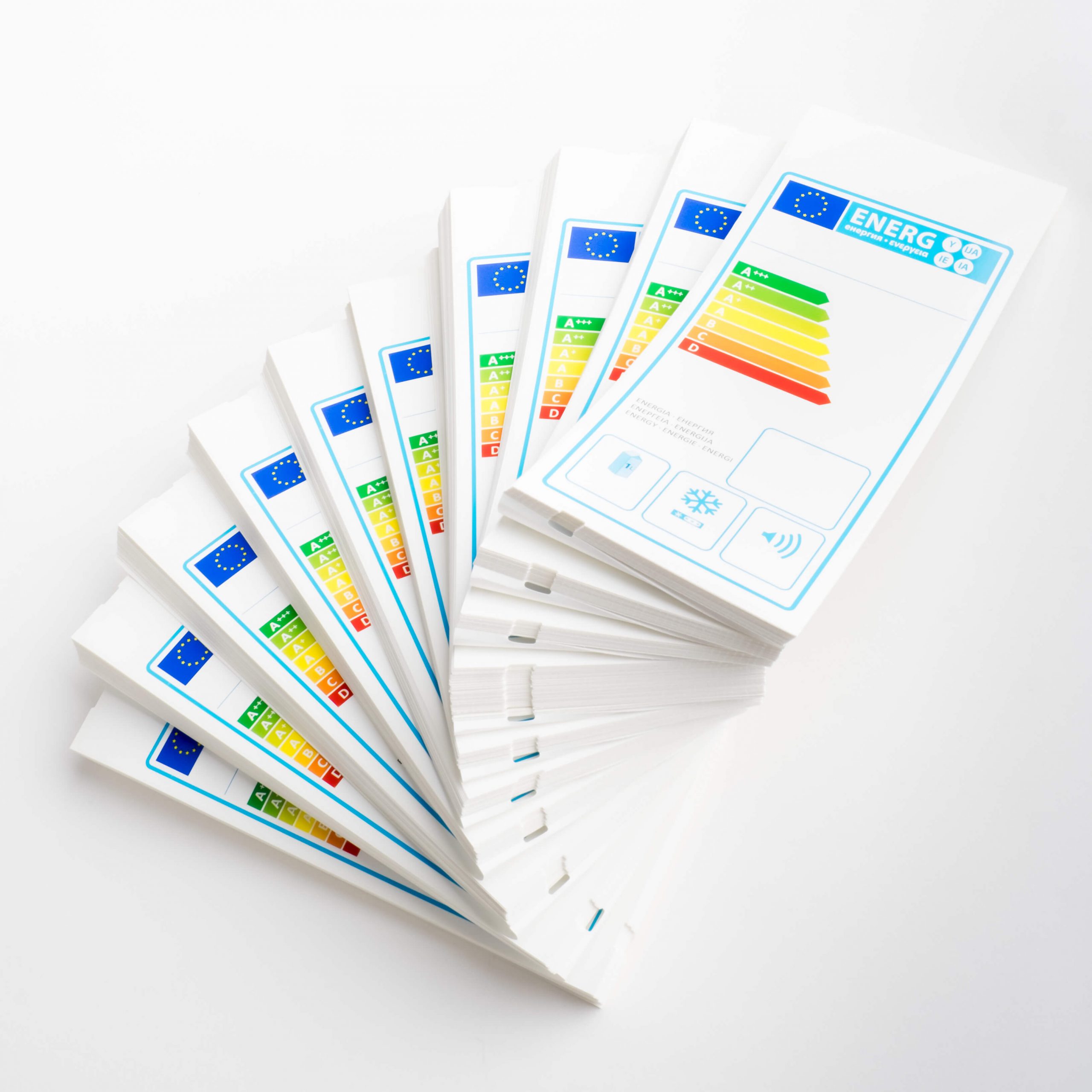
Energy labels on appliances
EU energy labelling requirements - Your Europe Class A (green) appliances consume the least energy – making them the most energy‑efficient. Class G (red) appliances consume the most energy. EU rules on energy labelling also apply to some ‘energy‑related products': goods or systems with an impact on energy consumption during use. Best energy efficient appliances, according to an expert ... An expert-led guide to energy-efficient kitchen appliances. With the energy price cap increasing, these cooking gadgets offer an alternative to using an electric oven European Union energy label - Wikipedia A new energy label, introduced in 2010, is based on the energy efficiency index (EEI), and has energy classes in the range A+++ to D. The EEI is a measure of the annual electricity consumption, and includes energy consumed during power-off and standby modes, and the energy consumed in 220 washing cycles. For the washing cycles, a weighted mix ...
Energy labels on appliances. Low-energy house - Wikipedia Home appliances meeting independent energy-efficiency testing and receiving Ecolabel certification marks for reduced electrical and natural-gas consumption and product-manufacturing carbon emission labels are preferred for low-energy houses. Energy Star and EKOenergy are other certification marks. See also European Union energy label - Wikipedia A new energy label, introduced in 2010, is based on the energy efficiency index (EEI), and has energy classes in the range A+++ to D. The EEI is a measure of the annual electricity consumption, and includes energy consumed during power-off and standby modes, and the energy consumed in 220 washing cycles. For the washing cycles, a weighted mix ... Best energy efficient appliances, according to an expert ... An expert-led guide to energy-efficient kitchen appliances. With the energy price cap increasing, these cooking gadgets offer an alternative to using an electric oven EU energy labelling requirements - Your Europe Class A (green) appliances consume the least energy – making them the most energy‑efficient. Class G (red) appliances consume the most energy. EU rules on energy labelling also apply to some ‘energy‑related products': goods or systems with an impact on energy consumption during use.






/gov-t-report-find-energy-star-program-vulnerable-to-fraud-98071090-cf62b9325ac3460ab2d7f5873feb07b3.jpg)
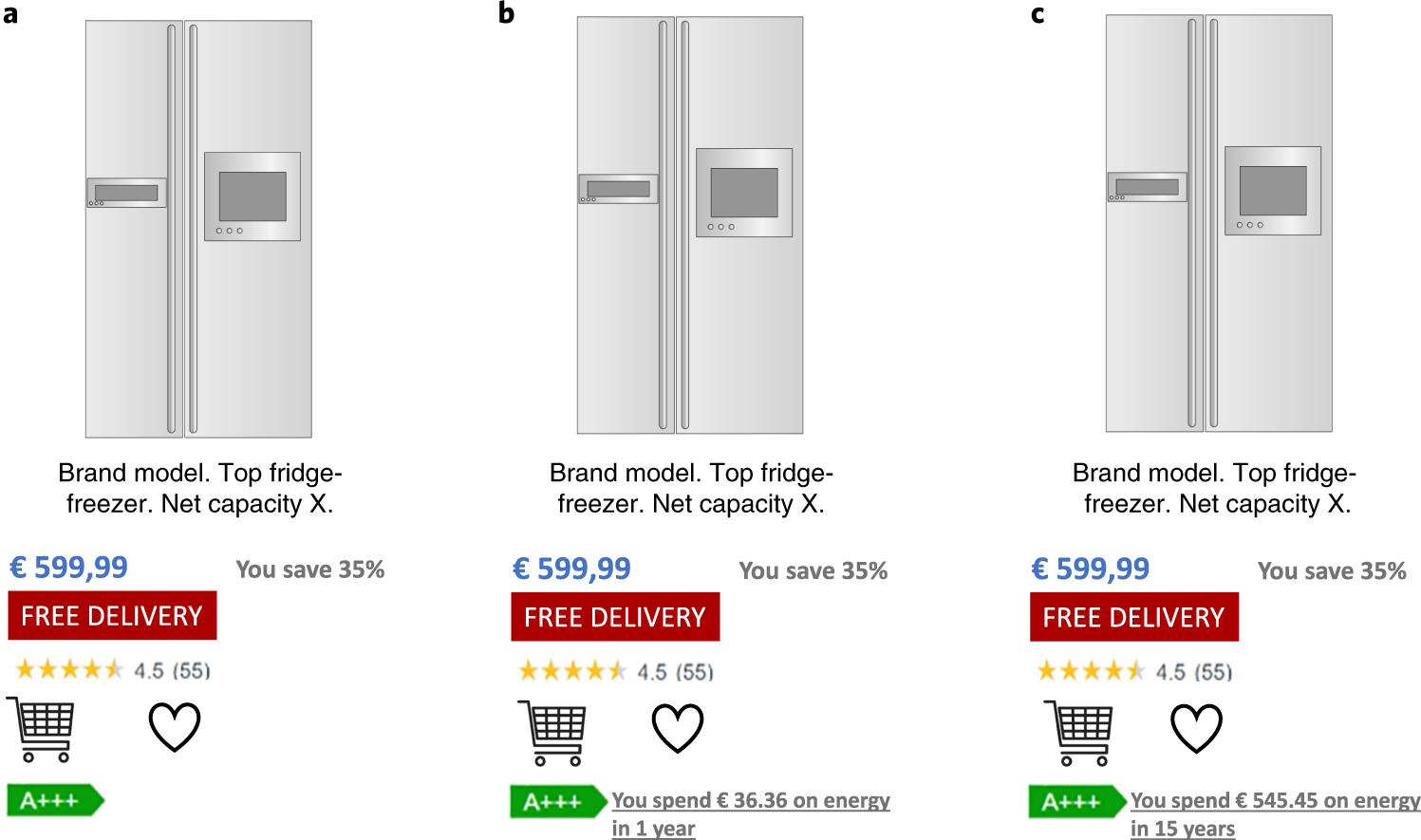
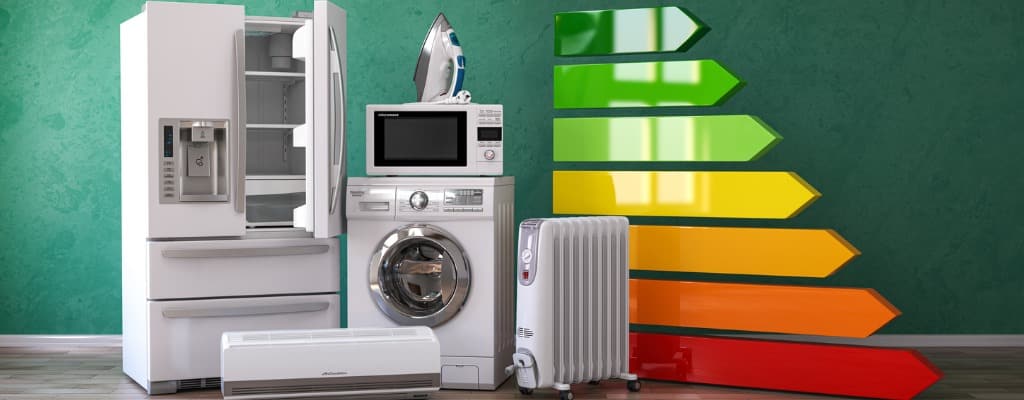











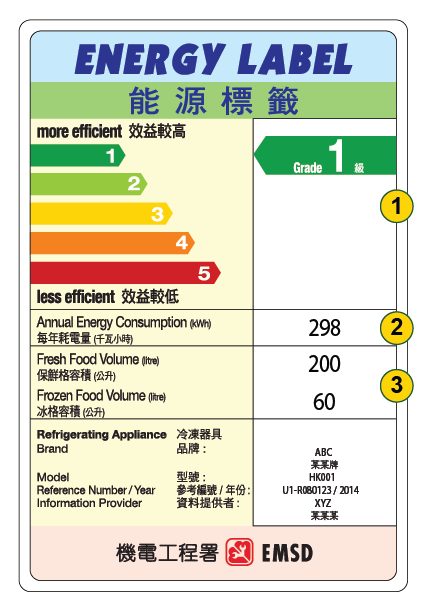
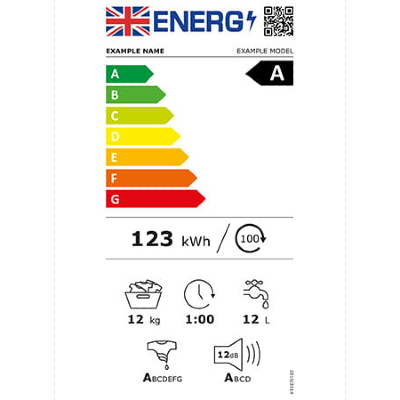










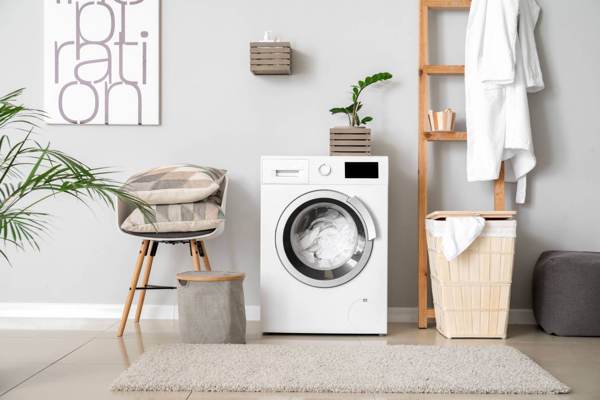
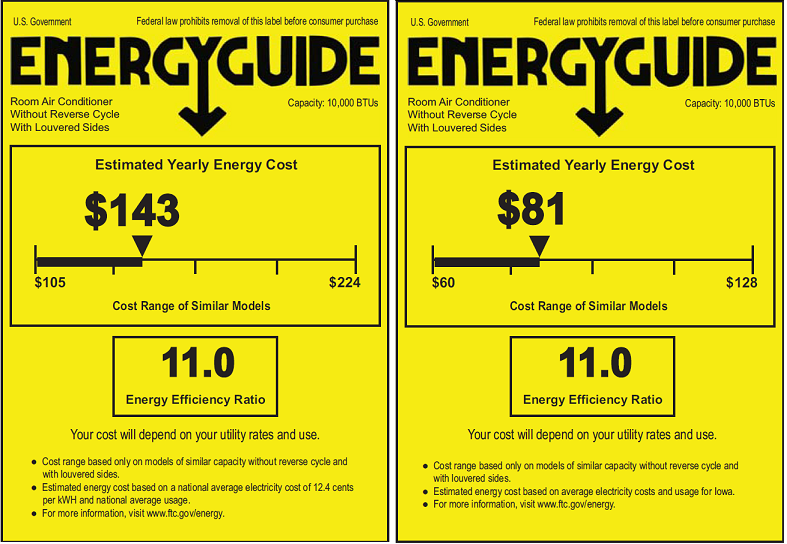
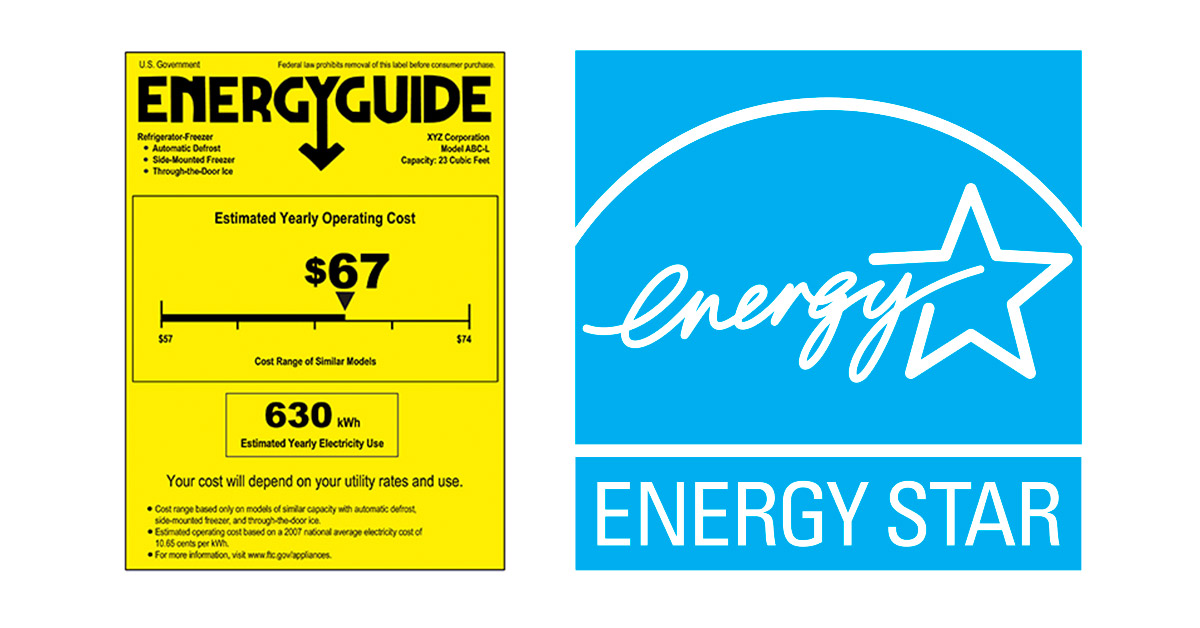
Post a Comment for "39 energy labels on appliances"